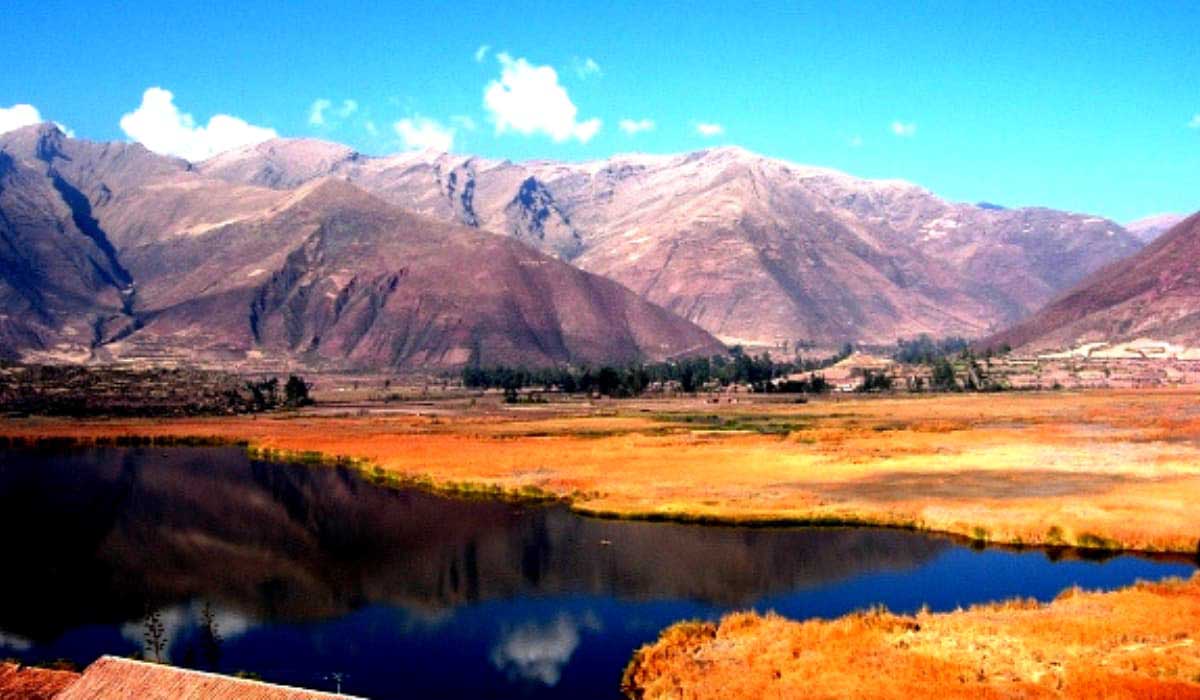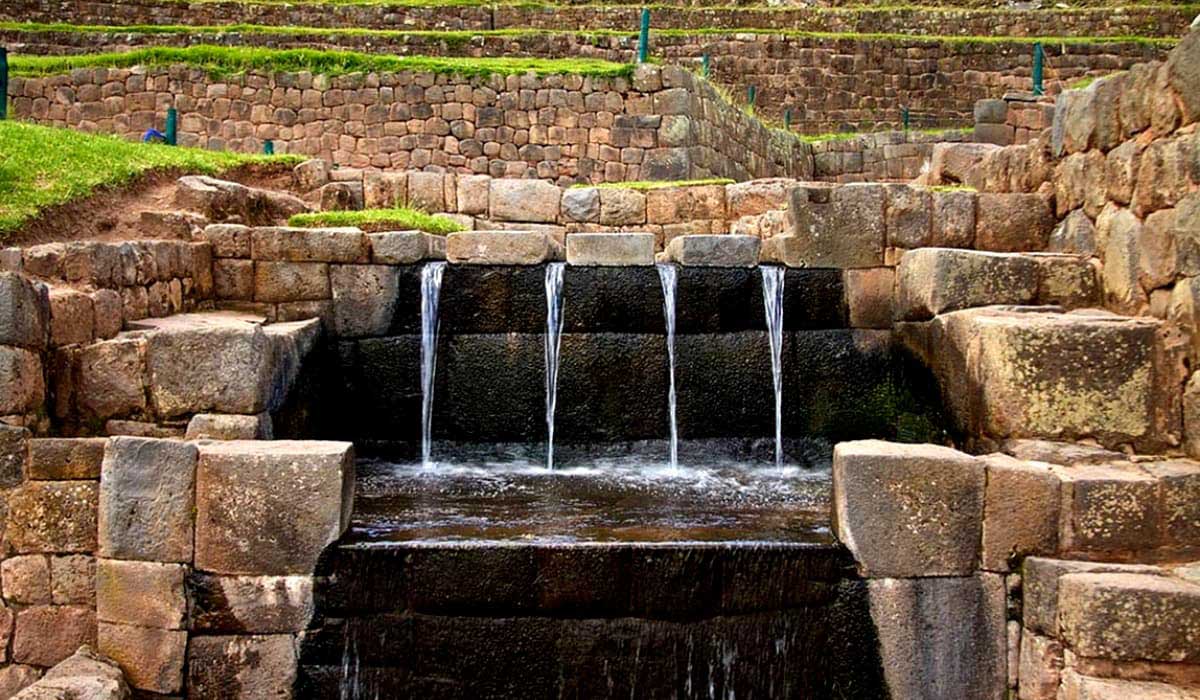The Piquillacta Archaeological Site or Pikillaqta is one of the most famous and best preserved pre-Inca sites of the ancient cities that existed in the Peruvian territory, which left many ancient human settlements in the region of Peru; each with specific knowledge and technologies, which then contributed to the establishment of the largest empire in the Western Hemisphere, the Inca Empire.
Pikillacta Cusco was developed between 600 and 1000 A.D. by the Wari culture from the Central Andes (Ayacucho), it expanded southward, being located in high Andean regions such as Cusco and Sicuani, from there it expanded to the western valleys of the southern coast in Arequipa.
It is known that the Wari before settling in Pikillacta Cusco, occupied Chelques, originally Lucre, their great expansion due to the characteristics of the Cusco valley caused them to develop towns with cultural characteristics characteristic of their culture, reached a high level of engineering, their cities were built under established urban planning patterns, its progress was used by other cultures and perfected by Inca architects.
What is Pikillaqta?
Pikillaqta was a city and administrative center of the Wari culture, one of the most important before the Incas. Its construction began at the end of the 6th century. After several centuries it was gradually abandoned until the ninth century, during the appearance of the Incas.
Wari structures are different from the Incas. These are made of stone and adobe and are not carved with Inca perfection. However, they are characterized by urban harmony with walls up to 12 meters high.
It is believed that Pikillacta Cusco was inhabited by a population of over 10,000 inhabitants. In addition, there are up to 700 buildings and 500 warehouses (colcas). A small percentage still remain in the current archaeological site.
The Wari culture spread throughout the southern and central Andes of Peru. It is estimated that it existed from the eleventh to the thirteenth century. Pikillacta Ruins are one of its best preserved buildings.
What does Pikillaqta mean?
Pikillaqta is a Quechua word that means ‘Flea Town’ or ‘Small town’. It is presumed that the Spaniards gave it that name although the reasons are unknown.
Where is Pikillaqta located?
Pikillaqta is located in the South Valley, 47 kilometers from the city of Cusco. Currently, it belongs to the district of Lucre, in the province of Quispicanchi.
Climate in Pikillaqta
Pikillacta Cusco has a warm and temperate climate. The average temperature is 12 ° C. During the year, there are two seasons. In the dry season (from April to October), the days are sunny and the nights are cold. The rainy season (from November to March) is characterized by the greater frequency of river precipitation.
Pikillacta Altitude:
Pikillacta Altitude is about 3350 m.a.s.l. in the Lucre river basin and in a meso-thermal environment of the Vilcanota river course and covers a territory of approximately 50 hectares.
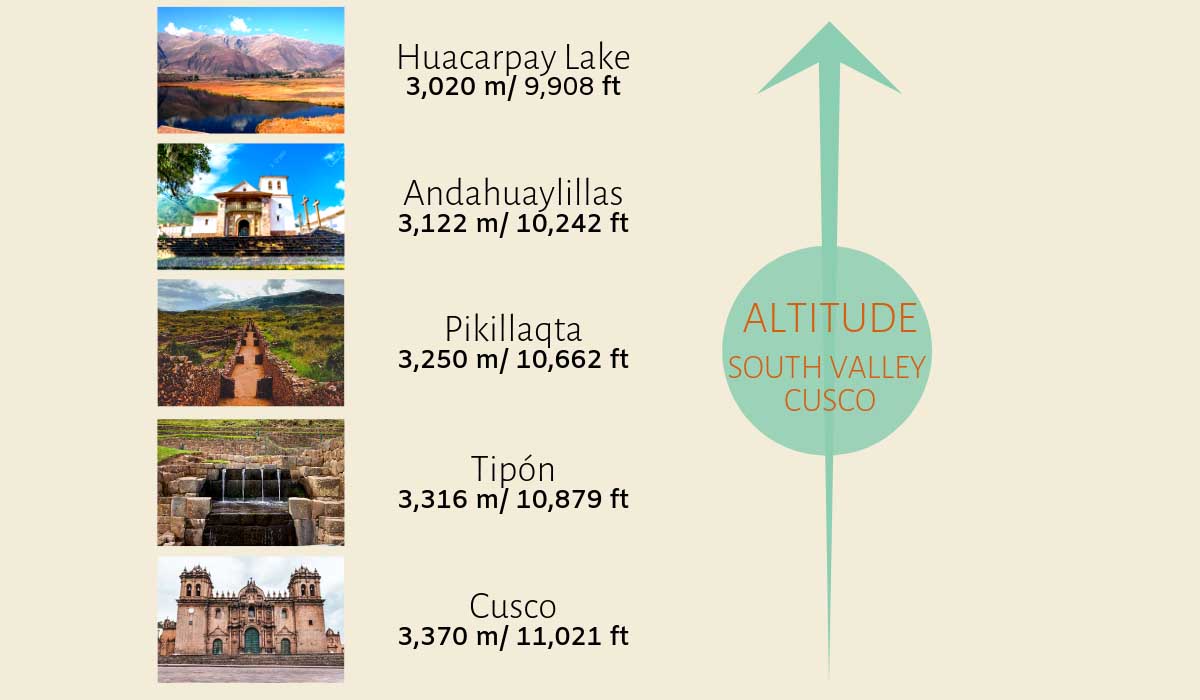
Pikillacta Ruins:
The Piquillacta Archaeological Site covers an area of approximately 50 hectares. The main Pikillacta Ruins are the following:
Choqepucjio
The walls of this site were built with stone in its bases and mud in the upper ones. They are located to the left of the Watanay River. They are one of the main structures in Piquillacta Archaeological Site.
Qaranqayniyuj
Located to the east of Piquillacta, it is kind of a semicircular enclosures built on irregular terrain. It is estimated that the population settled there was the second largest in the place.
Kunturqaqa
Also known as the ‘Rock of the Condors’, it was a rocky structure whose importance is not yet defined. Although no one lived there, it is presumed that he enjoyed great importance in Pikillacta Cusco.
Urpicancha
The ‘Bird House’ is a set of united platforms without amalgam. Despite its simplicity, it would be one of the most important Pikillacta Ruins of the Wari culture.
An Offer for the Abandonment of the City of Pikillaqta?
In January 2019, an important discovery of a Wari ceremonial offering consisting of six small idols, 24 silver-plated pieces representing warrior women, three complete anthropomorphic pieces, 107 pieces representing parts of human bodies manufactured in spondylus, among other objects.
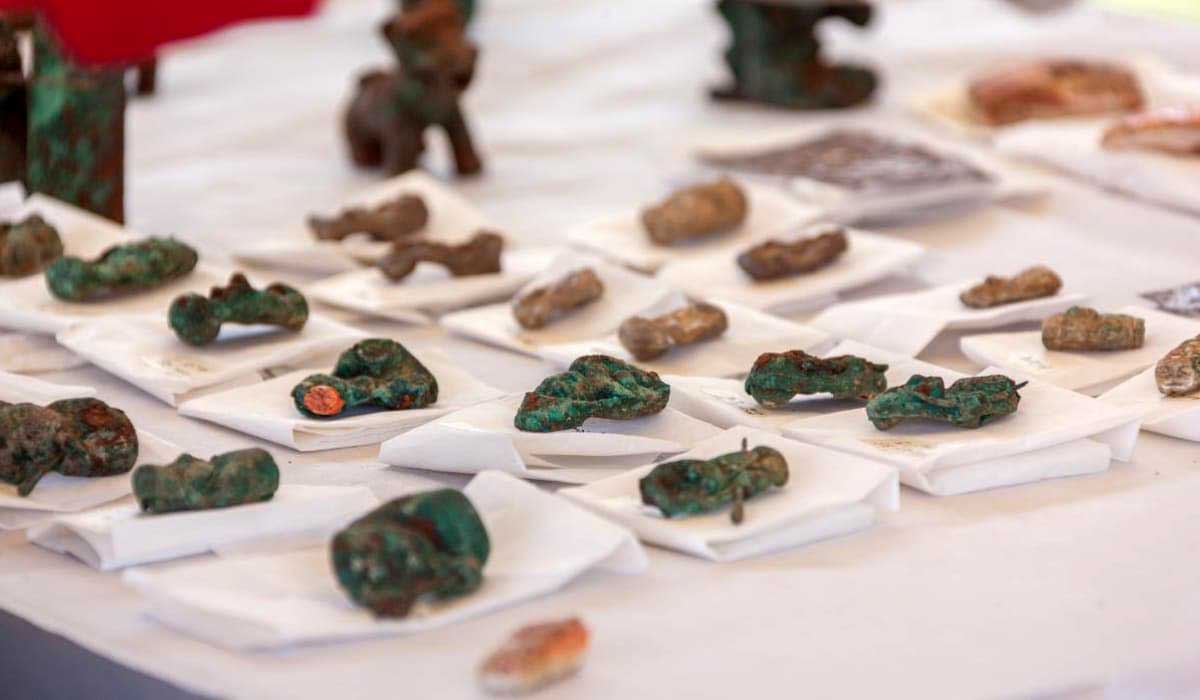
In a hole 70 centimeters in diameter and approximately 2 meters deep, two camelid bones were found, associated with a burning event, with 8 spondylus shells and two small silver sheets made with the laminate-embossing technique.
Also, at a greater depth a ceremonial offering was found in a circular form, in whose central part a barreta was nailed.
A metal sheet 73 centimeters long and 18 centimeters high, divided the offering. Around the barre, 6 small idols were discovered, separated into two groups, of which two are zoomorphic characters, two warriors and two pumas, made of a silver-plated copper alloy using the emptying technique. One of the warriors carries a blackjack in his hand while the other has a spear in his right hand and a shield in his left hand.
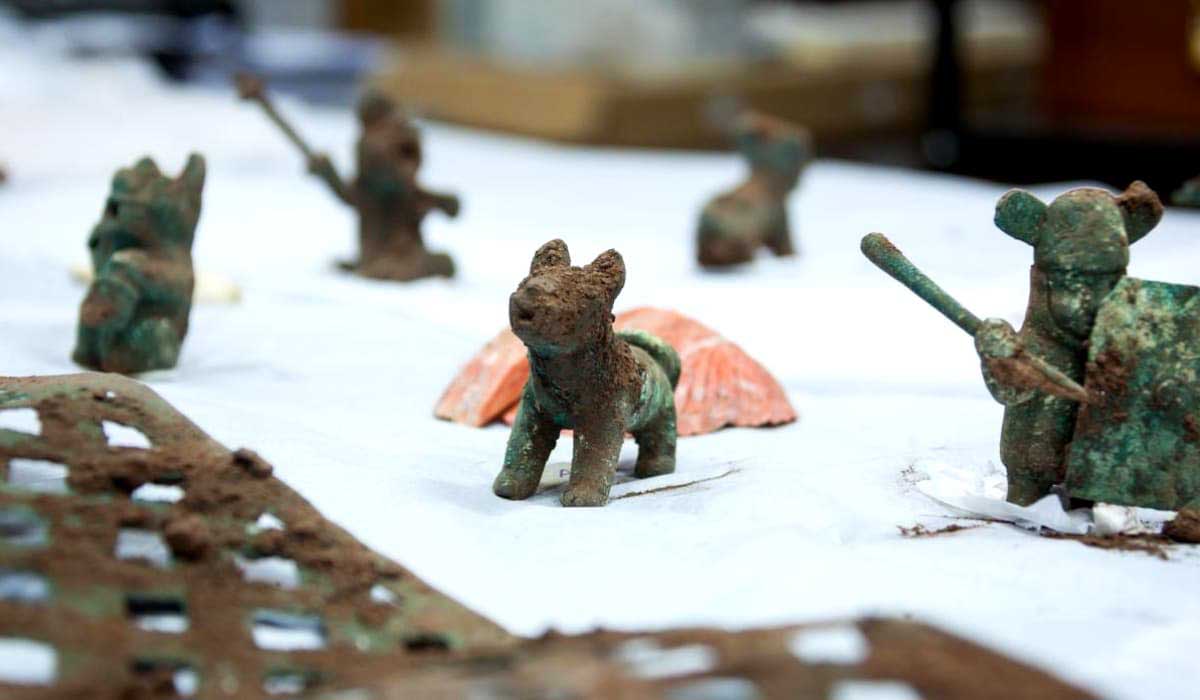
At the bottom of these figures, 24 silver-plated pieces representing warrior women were found; as well as three complete anthropomorphic pieces, tied by hands and 107 pieces that represent parts of human bodies, such as arms, legs, heads and backs, all manufactured in spondylus.
How to visit Pikillaqta? Tours, transportation and more
When is the best time to visit Pikillacta Cusco?
The months from April to October are the most recommended to visit Piquillacta. During those days, the sun shines brighter and rains occur very infrequently. That era is known as the dry season. Temperatures range between 22 ° C. and 3 ° C.
If you travel in June, we recommend you to book the Inti Raymi 2025 Tour that takes place in June 24th, and also hike the Palcoyo Mountain Tour, which is an incredible Rainbow Mountain located in the Andes.
Schedule:
The entrance schedule to see this architectural marvel is from Monday to Sunday from 8:00 am to 5:00 pm.
Tickets:
To enter the Piquillacta Archaeological Site you must have the Cusco Tourist Ticket General or the Partial Ticket that includes the attractions of the tour to the South Valley in Cusco.
Tours to the South Valley of Cusco
After flying from the capital of Perú, Lima, you will arrive in Cusco. From Cusco, the most common way to get to know Piquillacta Archaeological Site is with the tour to the South Valley of Cusco. This service lasts 1 day and runs through the main attractions of southern Cusco such as the archaeological site of Tipón, Piquillacta Ruins and Andahuaylillas Church, known as the Sistine Chapel of America.
The approximate price of the tour is US $ 32 and includes transportation (round trip), admission to tourist attractions, lunch and guided service.
The entrance building houses a small museum of artefacts found at the site, including two dinosaur skeletons that were discovered in the area, one being a Glyptodon, best described as a giant armadillo. Pretty cool!
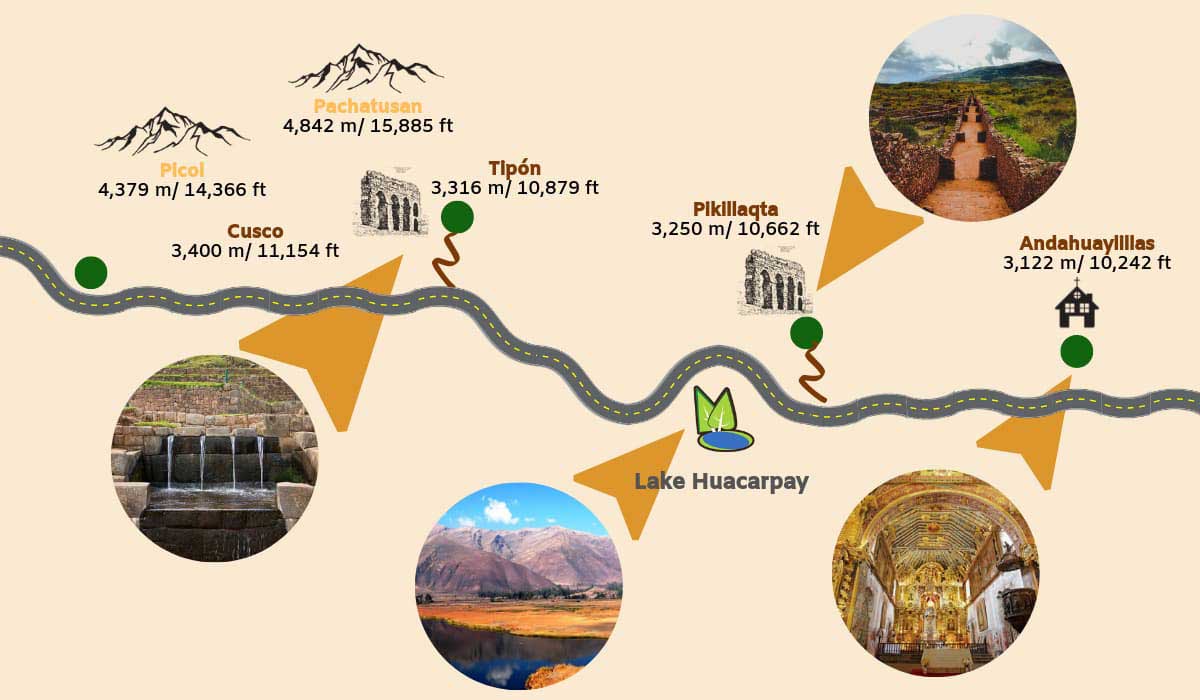
Another Full Day Trips you can take from Cusco:
Check this day trips from Cusco, and marvel with the beauty that the 'Rome of America' Cusco offers:
- Day Trip to Machu Picchu, remember to book your Official Machu Picchu Tickets in advance.
- Day Trip to the Sacred Valley of Cusco
- Day Tour in Cusco city
- Day Tour to Moray and Salt Mines
- Day Tour to Rainbow Mountain
- Day Tour to Practice Rafting in Urubamba
How to get to Piquillacta on your own?
Visiting Piquillacta on your own is easy. You should only travel by car on the Cusco - Puno road. Upon arriving at the archaeological site, you must show the General or Partial Tourist Ticket.
Follow the steps below to get to Piquillacta Archaeological Site:
- Take a public transport that leaves from Cusco to Sicuani and get off at Piquillacta. Buses are taken at the ‘Huayruropata’ station. Another more comfortable but less economical option is to hire a taxi.
- Go to Piquillacta Archaeological Site and show the General or Partial Tourist Ticket. Tourist guide services can be hired at the entrance door.
Visit to Piquillacta with the Cusco Tourist Ticket
The Cusco Tourist Ticket is a set of tickets to the main tourist attractions of Cusco, the Sacred Valley and the South Valley.
The General Tourist Ticket includes admission to Piquillacta with up to 16 attractions such as Sacsayhuaman, Ollantaytambo, Coricancha, Tipón, the Museum of Popular Art and other sites. This ticket costs $ 40.
The Partial Tourist Ticket only allows entry to a few archaeological ruins such as Tipón, Coricancha, Piquillacta Ruins and Andahuaylillas Church, and the museums of the city of Cusco. The cost is $ 21.
What to take to Piquillacta?
If you visit Pikillaqta during the dry season (from April to October), we recommend you to take:
- Sun block.
- Abundant water.
- Light cotton clothes.
- Shorts or pants for trekking.
If you visit Pikillaqta during the rainy season (from November to March), we recommend you to take:
- Rain poncho.
- Waterproof jacket or windbreaker.
- Shoes before slippers.
- Stockings and cotton polo.
Recommendations for visit Pikillacta Cusco
- In addition to Pikillacta Ruins, the South Valley of Cusco offers other tourist attractions of great interest such as Tipón and Raqchi. Try to know everything that the South Valley offers.
- Unlike other archeological sites, admission to Pikillaqta is exclusive with the Cusco Tourist Ticket.
- Piquillacta Archaeological Site covers up to 50 hectares of old buildings and enclosures. Take your time to tour it because there are more than 700 structures.
- Pikillacta Altitude is 3250 meters above sea level (m.s.n.m.). It is recommended to acclimatize to the city of Cusco (3,399 m.a.s.l.) before visiting it. So you can prevent altitude sickness.
Other sites near Piquillacta Archaeological Site
Rumicolca
During your visit to Pikillacta, you’ll be able to see the Rumicolca ruins, on the other side of the road and up a little farther. You can’t miss it: a 12-meter-high gate which served as the southern border checkpoint for first the Huari, then the Inca. It’s an interesting blend of architectural styles.
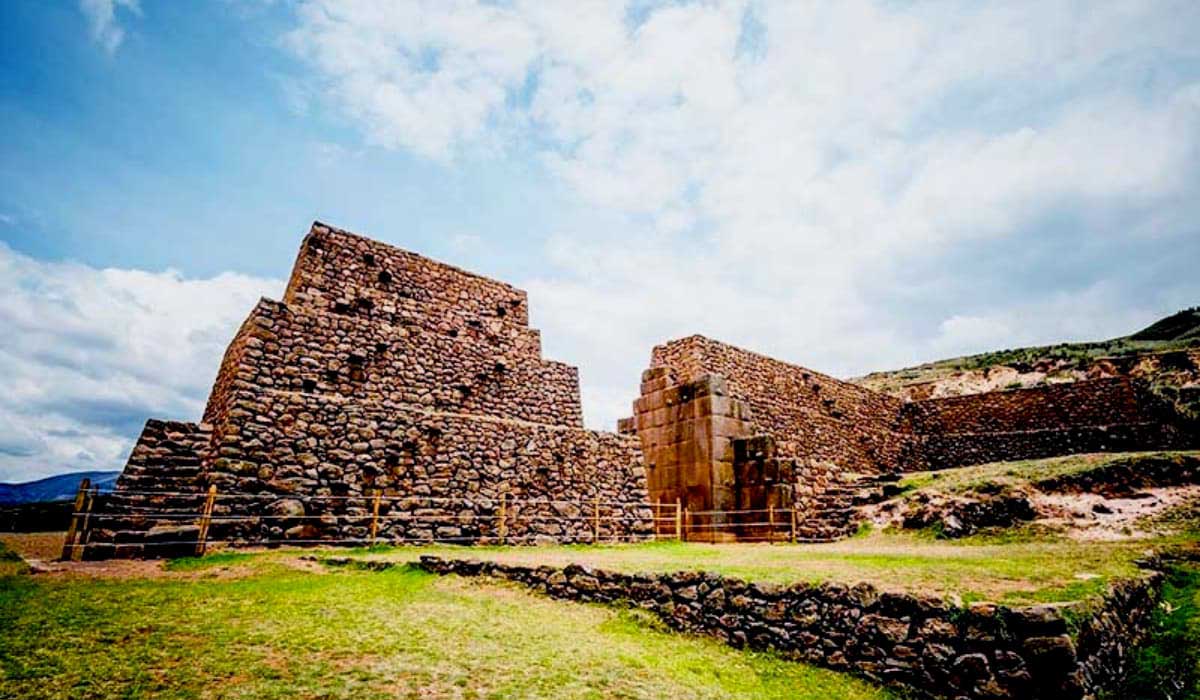
Yunkapunku
This bridge made of cabochon ropes is one of the most striking attractions on the Piquillacta Archaeological Site. Its name means ‘Door to the Valley’.
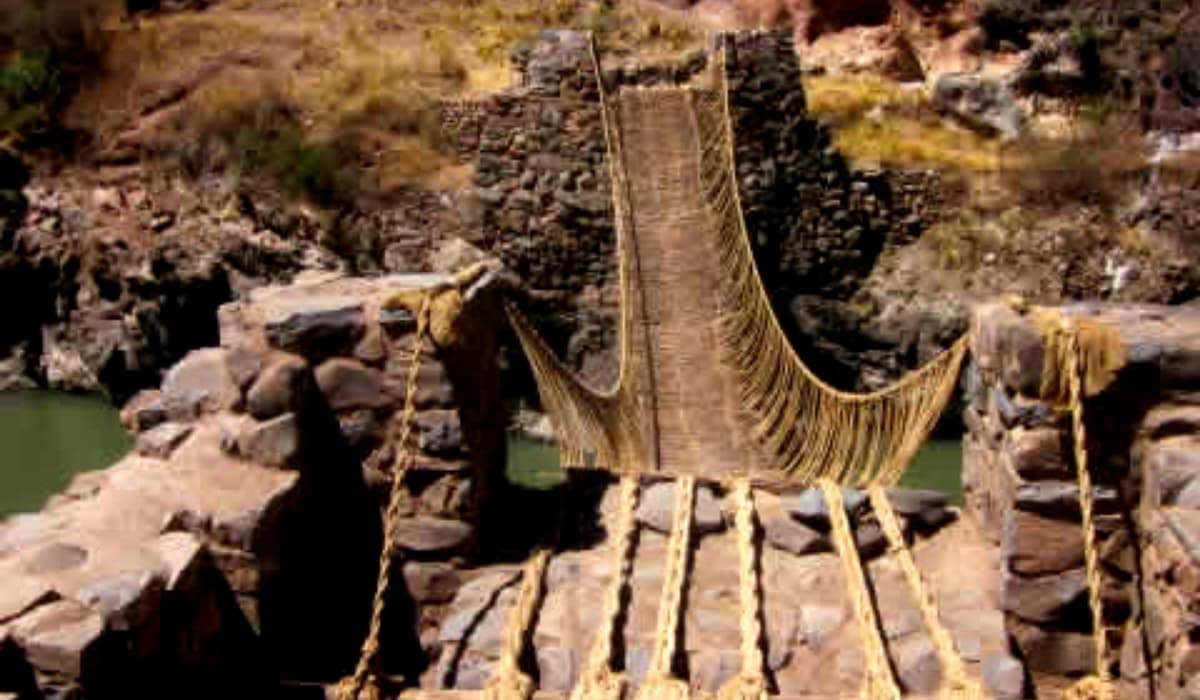
Also visit the Q'eswachaka Inca Bridge, made with straw. This wonder is renewed year after year through a rite executed by 4 communities. Therefore, do not miss the opportunity to cross its 28 meters long which will make you live the adrenaline to the fullest in this beautiful Inca construction.
Huaro
Huaro is 4 km further south of Andahuaylillas, and quite similar in appearance. Despite only being a short distance from Andahuaylillas, Huaro is less visited and even more peaceful. The village is home to a small 16th century white church that is often deserted outside holiday season.
Just like San Pedro in Andahuaylillas, the Church of Saint John the Baptist (San Juan Bautista) was also built by Jesuits, and is covered from floor to ceiling with stunning murals, including several by Tadeo Escalante depicting the aftermath of human life. The Renaissance alter is one of the oldest in Peru and the church is also home to more than 60 sculptures and 50 paintings of the Cusqueña School of Art. There’s lots of gold and silver here, the former representing the Inca sun, and the latter the Inca moon.
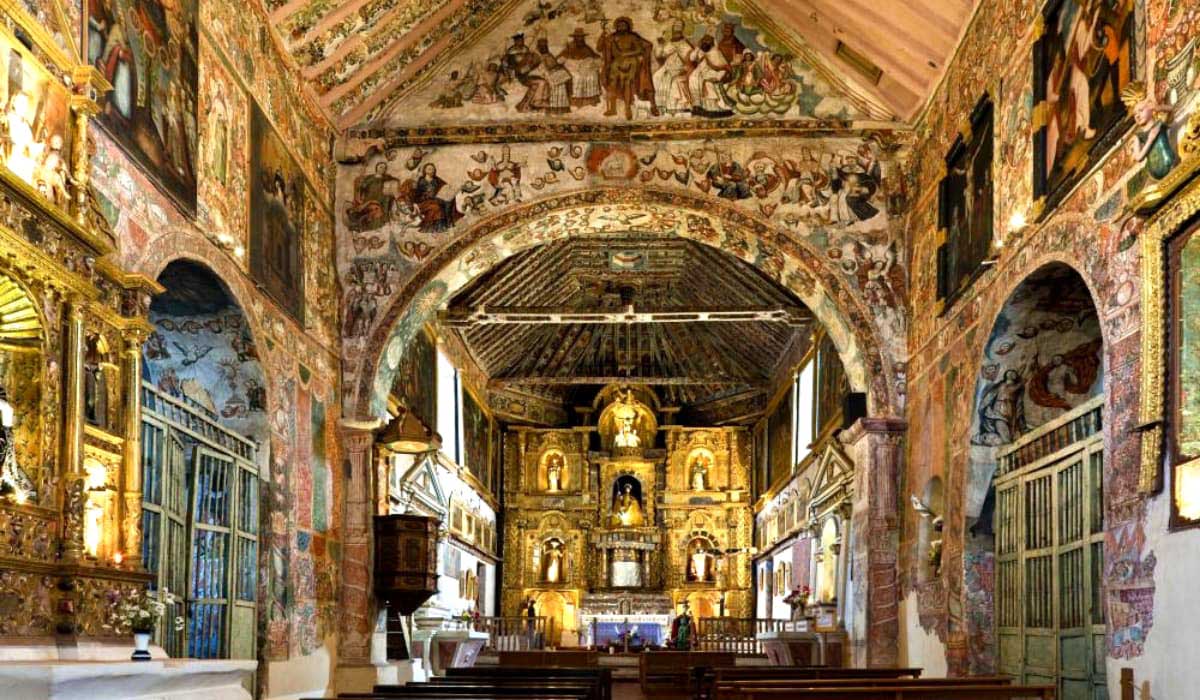
Huacarpay Lagoon
At an approximate altitude of 3,200 m.a.s.l. This water mirror was a refuge for local wildlife species, such as wild ducks, geese and flamingos, thanks to an environment conducive to cattail reeds and cultivation terraces on the rocky faces of the mountains. Trout and silverside were also fished.
Andahuaylillas
Andahuaylillas is known for its church. Built by the Jesuits in the late sixteenth century, it’s covered with beautiful murals and embellished with gold leaf, and said to be one of the finest examples of Peruvian colonial art.
Also, you can´t miss the small coca museum right next to the church, which has an interesting collection of displays about Andean religion, both historically and contemporary.
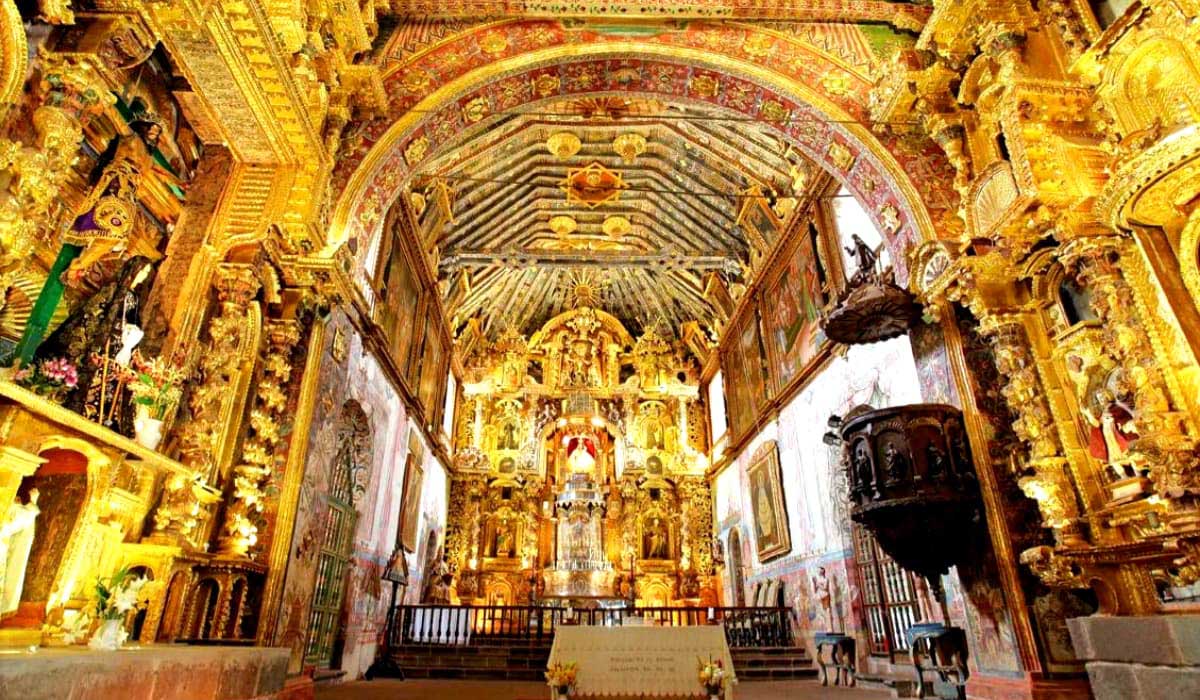
Tipon
The sprawling 15th century archaeological site of Tipon is a well preserved Inca water irrigation system and terraced hillside site overlooking the town of the same name. Back down in the valley, the town of Tipon is also famous for its crispy fried guinea pig (cuy al horno). In Tipon you’ll be able to see roasting guinea pigs on display at cuyerias along the roadsides. They smell really good, and cuy is actually pretty tasty, so do try some whilst you’re there. Dishes cost about S/15 each. Keep an eye out for the traditionally dressed women in tall white hats – this head-wear is a symbol of their mixed race heritage, something they’re proud of and they see themselves as better than the indigenous people.
How to visit Tipon, Piquillacta Ruins and Andahuaylillas Church from Cusco
It is possible to use public transport to visit Tipon, Piquillacta Ruins and Andahuaylillas Church, but it’s much easier to hire a car and driver as this will give you more flexibility and you’ll then be able to continue on to visit Huaro and Rumicolca. If you want to get the most out of a visit to Tipon, Piquillacta Ruins and Andahuaylillas Church, we do recommend hiring a guide (from Cusco, you won’t find any at the sites themselves), as you’ll actually be able to understand what you’re seeing.
Entrance fees for Tipon, Piquillacta Ruins and Andahuaylillas Church
Entrance to Tipon, Piquillacta Ruins and Andahuaylillas Church is included on the General Cusco Tourist Ticket (‘Boleto Turístico del Cusco’), which is valid for 10 days and costs S/130, and the Partial Cusco Tourist Ticket Circuit II (City and South Sacred Valley), which is valid for 2 days and costs S/70 (2018). The former definitely makes more sense if you’re in the Cusco area for several days and seeing lots of sights. You can purchase the tickets at the attraction sites, as well as the Tourism Offices in Cusco, on Avenida El Sol and Calle Mantas. You can’t purchase the Cusco Tourist Ticket in advance before you arrive in the area.
Other Destination to visit in Cusco
The famous Inca Trail Tours are the most popular excursions in Cusco - Peru; and considered among the best walks in the world that will let you full enjoy your Vacation in Machu Picchu.

